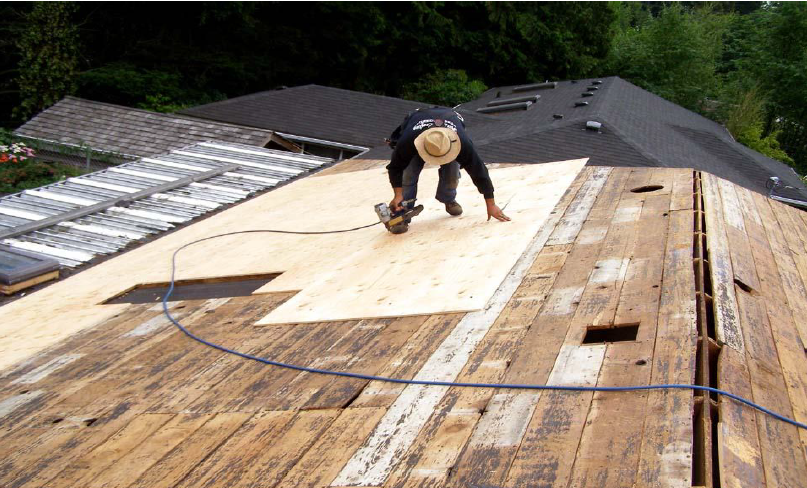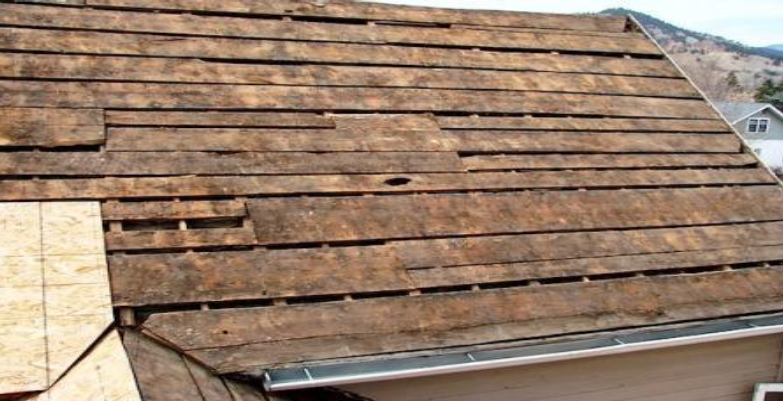What You Need to Know About Shiplap Roofs
- josh38385
- Jul 22
- 2 min read

Was your roof originally built with shiplap?
Roof decks on homes built before 1970 are often 1×8 fir pre-plywood shiplap. Until the 1940s, exterior grade plywood was not available. Since the boards used for shiplap were manufactured here in the Pacific Northwest, it was still cheaper than plywood up through the 1960s. Most Western Oregon and Washington residential homes during this time were built with shiplap roof decks rather than plywood.
Why re-sheet over shiplap?
After the 1960s, the predominant residential roofing substrate became 1/2″ CDX plywood. Today, a shiplap roof is usually 60+ years old.

Over time, shiplap fir wood resin dissipates, causing the boards to shrink, crack, form knot holes, and become extremely brittle. Open spaces form between the once tightly fitted shiplap boards. If the roofing underlayment is applied directly on top of the shiplap, it will sag into the spaces and eventually leak. Older homes commonly have one or more layers of roofing over the original layer. Shiplap can only take so many nail penetrations before it splinters and develops pattern inconsistency. This, and the space left by diminished overall size over the years, creates more opportunities for the new nails to miss the wood completely, causing eventual leaks.
Installing your new roof:
When installing new asphalt composition shingles, electro-galvanized roofing nails penetrate the shiplap, cracking or splitting the boards and preventing a proper seal. Through expansion and contraction, these nails push upwards through the freshly installed shingles. The raised nail heads can cause migratory water seepage and mystery leaks. While many of the roofing shingle courses will land on the 7-1/2″ increment, there can be entire courses of unsecured shingles that line up on cracks in the shiplap. Wind gusts can then blow these poorly fastened shingles off your roof.
Creating a solid substrate:
Why take the risks of installing a 50-year lifetime roofing system just for it to leak in 5 – 10 years? If you want to avoid the headache of tearing up your new roof looking for a mysterious leak that “should not be happening”, it is in your best interest to apply solid sheathing over the existing shiplap for your roofing system to securely fasten to. The recommended materials are exterior grade 7/16″ OSB (oriented strand board), or 15/32″ CDX true plywood.
Don’t take shortcuts when protecting your biggest investment: your home!
You want to steer clear of roofing contractors that cut corners, and if you find one that says it’s okay to install a composition roof on top of shiplap, give them a no thank you! Your roof, and your peace of mind, will thank you in the future.






